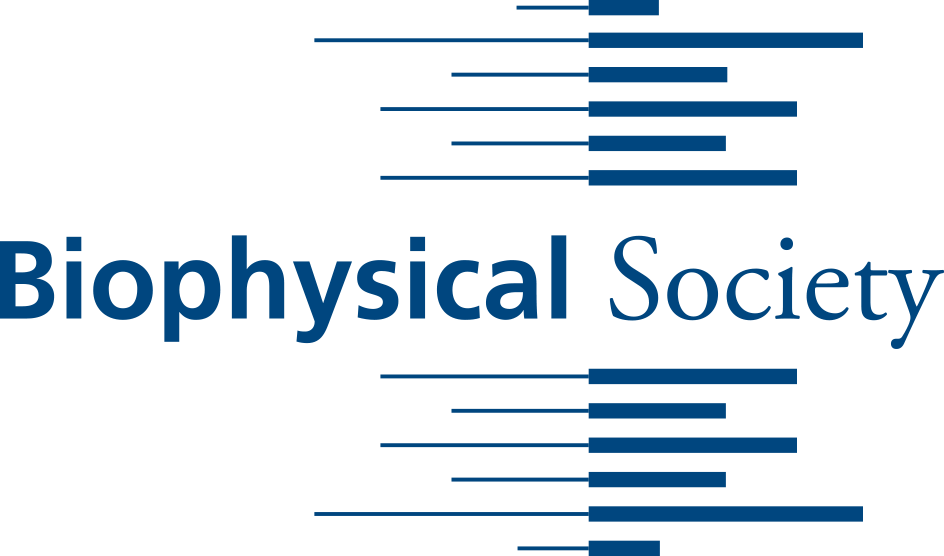Newswise — WASHINGTON, D.C., February 13, 2017 -- Traumatic brain injury (TBI) is a largely silent epidemic that affects roughly two million people each year, according to the U.S. Centers for Disease Control and Prevention. But the scale at which blast TBI (bTBI) injuries -- in the spotlight as the signature wound of the wars in Iraq and Afghanistan -- occur and manifest is unknown.
Recent studies within this realm suggest that rapid cavitation bubble collapse may be a potential mechanism for studying bTBI.
During the Biophysical Society’s 61st Annual Meeting, Feb. 11-15, 2017, in New Orleans, Louisiana, Jonathan Estrada, a doctoral student in the School of Engineering at Brown University, will present his work exploring the mechanics of cavitation-induced injury -- with a goal of better understanding bTBIs.
Estrada is working under the guidance of Christian Franck, along with colleagues from Brown University and the University of Michigan. The team uses a laser, an optical microscope and rat neurons inside a gel-like substance to mimic brain tissue to examine bTBIs.
The laser pulse is sent through the "brain tissue" under the microscope while a high-speed camera -- recording 270,000 frames per second -- captures the laser creating a bubble, the bubble breaking and the damage this causes to the rat neurons. "We image affected neurons before and immediately after injury," Estrada said.
The significance of the group’s work is that while postmortem studies have begun to show differences in brain pathology -- such as astroglial (star-shaped glial cell) scarring -- between patients exposed to blast injury and those with blunt TBI, the manifestation of injury over time still isn’t well understood. “Our work, using the simplified bubble and neuron culture model, aims to begin bridging the gap between the mechanics of blast injury and cell damage,” Estrada said.
Although the results are in the preliminary stage, “so far, we’ve found that the maximum bubble radius is nearly identical to the zone of neuron fragmentation immediately after injury,” he added. “This is in contrast to a previous study from our group that focused on concussive, or blunt, TBI via uniaxial compression of neurons, which found that injury was distributed over entire cultures rather than localized to one area.”
In terms of applications, the group’s method allows them to see the injury history of the cells within cultures -- before and just after injury with live-cell fluorescence, during injury with high-speed imaging, and then injury manifestation at later time points via immunostaining. “Quantifying temporal injury history is essential to understanding, diagnosing, and working toward informed treatment of blast TBI,” Estrada noted. “We hope this is a positive step toward those ends.”
The group’s work is funded by the Office of Naval Research, under Grant Numbers N000141612872 and N000141712058.
Session 091- Platform: Molecular and Cellular Neuroscience 786-Plat - "Microcavitation as a neuronal damage mechanism in an in vitro model of blast traumatic brain injury" is authored by Jonathan B. Estrada, Mark Scimone, Harry C. Cramer, Lauren Mancia, Eric Johnsen and Christian Franck. It will be at 9:00-9:15 a.m. Central Time on Monday, Feb. 13, 2017 in Room R02/03 of the Ernest N. Morial Convention Center.
ABSTRACT: http://www.abstractsonline.com/pp8/#!/4279/presentation/1225
-------------------MORE MEETING INFORMATION-------------------
ABOUT THE MEETING
Each year, the Biophysical Society Annual Meeting brings together more than 6,000 researchers working in the multidisciplinary fields representing biophysics. With more than 3,600 poster presentations, over 200 exhibits, and more than 20 symposia, the BPS Annual Meeting is the largest meeting of biophysicists in the world. Despite its size, the meeting retains its small-meeting flavor through its subgroup symposia, platform sessions, social activities and committee programs. The 61st Annual Meeting will be held at Ernest N. Morial Convention Center in New Orleans, Louisiana.
PRESS REGISTRATION
The Biophysical Society invites professional journalists, freelance science writers and public information officers to attend its Annual Meeting free of charge. For press registration, contact Ellen Weiss at [email protected] or the Media Line at the American Institute of Physics at [email protected] or 301-209-3090.
NEWS RELEASES
Embargoed press releases describing in detail some of the breakthroughs to be discussed at the meeting are available on Newswise and Alpha Galileo or by contacting the Media Line at the American Institute of Physics at [email protected] or 301-209-3090.
QUICK LINKS
Main Meeting Page: http://www.biophysics.org/2017meeting/Home/tabid/6672/Default.aspxSymposia: http://www.biophysics.org/2017meeting/Program/ScientificSessions/Symposia/tabid/6756/Default.aspxDesktop planner: http://www.abstractsonline.com/pp8/#!/4279
ABOUT THE SOCIETY
The Biophysical Society, founded in 1958, is a professional, scientific Society established to encourage development and dissemination of knowledge in biophysics. The Society promotes growth in this expanding field through its annual meeting, monthly journal, and committee and outreach activities. Its 9,000 members are located throughout the U.S. and the world, where they teach and conduct research in colleges, universities, laboratories, government agencies, and industry. For more information on the Society, or the 2017 Annual Meeting, visit http://www.biophysics.org.
###
